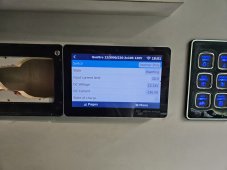justinm001
Solar Addict
- Joined
- Dec 18, 2022
- Messages
- 1,570
Yes and because it has 100a BMS as in I can't pull over 100a from a single battery or 200a from a pair without them restarting.Are you talking about lifePower4 12v? Why do you say it is a 100A BMS?



